Gill flukes are a common issue in freshwater aquariums.
These microscopic parasites attach themselves to a fish host.
Then, they feed on the fish’s blood and gill tissues. This can result in illness or secondary infections.
Identifying gill flukes early on is crucial in keeping your betta fish happy and healthy. Gill flukes are proficient egg layers. They are fast to increase in number if left unchecked.
Learn the common symptoms associated with gill flukes in betta fish. Also, familiarize yourself with effective treatment and prevention methods.
Your bettas will thank you for it!
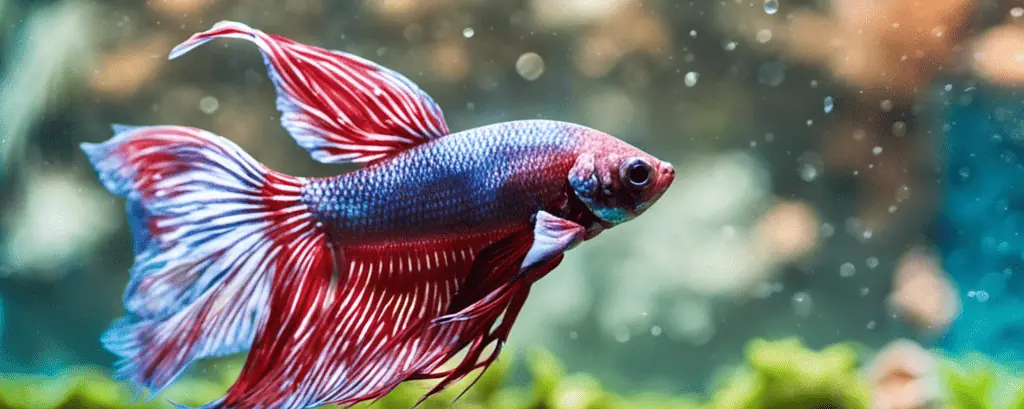
Table of Contents
What are Gill Flukes On Betta?

Gill flukes, or Dactylogyrus, are microscopic parasites common among freshwater aquariums. They are a type of flatworm which feed on a fish host throughout the adult stage of their life cycle.
The typical lifespan of a gill fluke is anywhere from two to four weeks. During this time, it goes through different stages:
- The female gill fluke lays eggs.
- The eggs hatch into free-swimming juveniles.
- The gill fluke spends its adult life attached to the host.
- After around 10 days of being attached to the host, it dies and completes the life cycle.
Gill flukes infect betta fish by attaching to their gills. While attached, they feed on the fish’s blood until they die.
Signs and Symptoms of Gill Flukes

Parasites are a common issue in freshwater aquariums.
They occur naturally in freshwater and are large-scale egg layers. This is why it’s imperative to identify and treat the infection early on.
Gill flukes are only one type of freshwater parasite.
Others include anchor worms and betta lice.
Both of these cause similar symptoms in betta fish. If your bettas have a parasitic infection, they may have these signs and symptoms:
- Missing scales
- Red spots
- Dulling color
- Excessive mucus production
- Flashing
- Lethargy
- Lack of appetite
- Difficulty breathing
To have the infection diagnosed, take your bettas to see a vet.
They will examine the parasite under a microscope and examine your fish.
They will be able to provide you with actionable next steps for treating the infection.
Causes of Gill Flukes Betta

There are several potential causes of gill flukes in aquarium fish.
To prevent this type of parasitic infection, learn what causes them in the first place.
From there, take appropriate measures to keep your aquarium healthy.
Crowding
If too many bettas are in the same aquarium, this causes a phenomenon known as crowding. Bettas in crowded tanks are more likely to become ill or infected with parasites for a few reasons:
- Increased ammonia levels
- Higher levels of stress among fish
- Greater chance of parasites jumping from one host to another
We recommend tanks of at least 5 gallons for a single betta.
You’ll need an even larger tank if you have many bettas (or plan to).
Poor Water Quality
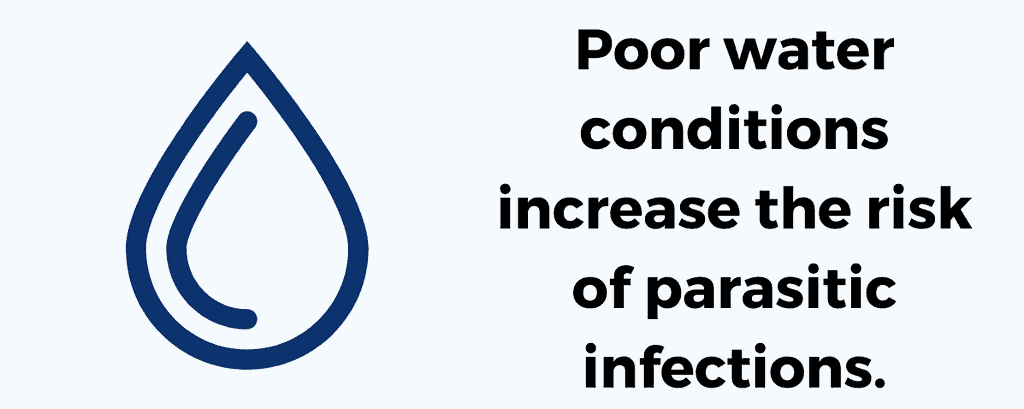
Poor water conditions make parasitic infections more likely.
It affects your bettas’ immune systems and helps parasites thrive.
Your aquarium has bad water quality if any of these conditions are true:
- Heavy metals or dangerous chemicals. These include things like lead, mercury, and ammonia. These can make your betta fish ill and put its life at risk.
- Inadequate water parameters. Being a rather delicate tropical fish, bettas need specific water parameters to thrive. For example, your fish may become stressed if the water temperature or pH levels are off. This makes your fish more susceptible to parasitic infections.
- Parasites or disease. The presence of parasites or diseases is cause for concern. Apply treatment to the water and perform frequent water changes to prevent this. Also, watch your fish for signs of infections or illness, and quarantine any ill fish.
Not Quarantining New Fish
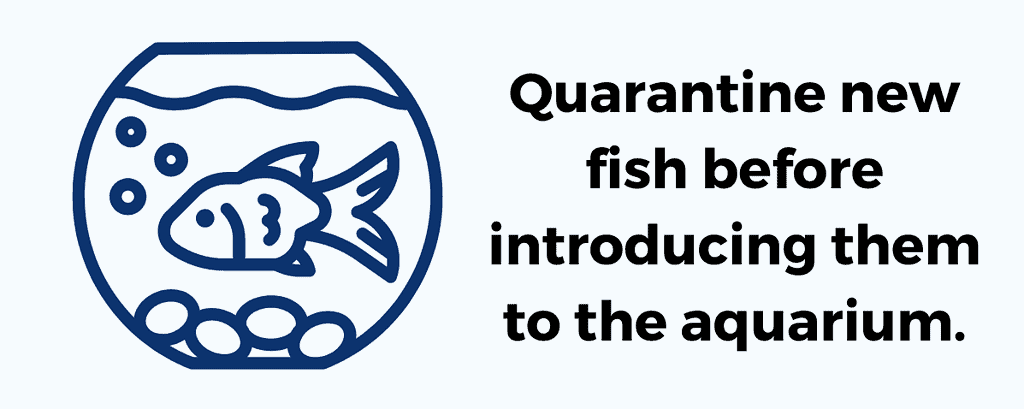
Whenever you buy a new fish, it’s critical to quarantine it before introducing it to the aquarium.
Failure to do this can result in the new fish passing on a parasite or disease to your other fish. Quarantining gives any existing parasites time to perish.
Weakened Immune System
Betta fish with weakened immune systems are especially prone to bacterial and parasitic infections. Poor-quality water or an inadequate diet can cause this.
Elevated Stress Levels

Your betta fish may experience elevated stress levels for a variety of reasons.
These reasons include poor water quality and crowding in community tanks. Stress can weaken the immune system, making your betta prone to parasitic infections.
Treating Gill Flukes On Betta

It’s disheartening to realize your bettas have gill flukes. But there are effective treatment options available.
Medications
There are four common medications for gill flukes in bettas. These are fenbendazole, praziquantel, levamisole hydrochloride, and potassium permanganate.
- Fenbendazole: This antiparasite medication is quite effective. But do not use it in aquariums with invertebrates. Administer this medication by mixing it with your bettas’ food at a ratio of 0.25%. Feed this mixture to them for three consecutive days. Wait another three weeks, and repeat the medication administration.
- Praziquantel: Fishkeepers use this medication for tapeworm infections. But it is also effective against gill flukes in betta. Mix a tiny amount of the praziquantel with your bettas’ food and feed it to them over a few days.
- Levamisole Hydrochloride: This is an over-the-counter antiparasite medication for use in most aquariums. It works through immersion, meaning you add a small amount to the water and have your fish bathe in it for 24 hours. Experts have no recommended dosage, but many betta fish owners say 2mg per liter is enough.
- Potassium Permanganate: This is another effective medication against gill flukes. But it’s best to use it as a last resort since the chemical residue harms fish. To administer this medication, follow the instructions on the packaging.
Salt Bath
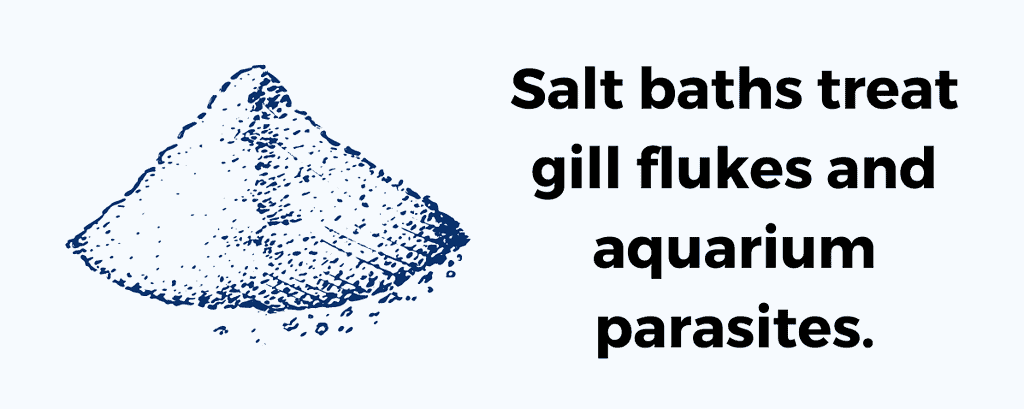
Salt baths are an effective treatment against gill flukes and other aquarium parasites.
But keep in mind: salt baths lose their effectiveness as the infestation grows worse. It’s best used for individual bettas showing signs of gill flukes.
Here are the steps for giving your betta a salt bath:
- Put clean tap water into a container. Get the water to reach the same temperature as the temperature in the aquarium.
- Add aquarium salt to the water. There are three potential doses you could use, depending on how severe the infection is:
- 1 tablespoon of salt for every 3 gallons of water. This is best for mild infections, and the lower dose makes it safer for your bettas.
- 1 tablespoon of salt for every 2 gallons of water. This is a “medium” dose, and it’s more effective for external parasites than the mild dose.
- 1 tablespoon of salt for every 1 gallon of water. This is a “heavy” dose, and it’s important to be careful and watchful when using it for your salt bath. Only use this heavier dose if a medium dose hasn’t worked.
- Put your betta fish into the salt bath for 5 to 8 minutes, monitoring it for signs of stress. If your betta starts floating at the top of the tank, remove it from the salt bath and put it back into the aquarium.
- Once the 5 to 8 minutes is up, remove your betta from the salt bath and put it back into the aquarium.
- Repeat this process every day for three days or longer.
Following these steps should help remove the nasty parasites from your betta fish.
But you will need to administer anti-parasitic medication for more advanced parasitic infections. You might also consider having your betta examined by a vet.
For more details, check out our guide on salt baths for betta fish.
Water Parameters

Besides administering medication, keep the aquarium water within optimal parameters.
Doing so provides your bettas with a healthy environment in which to heal. It also helps to keep future infestations at bay.
Here are some tips on how to keep your aquarium water within optimal parameters:
- Install a tank filter to ensure clean water at all times
- Place an air stone in the tank to increase oxygen levels
- Watch the water temperature and pH levels
- Increase your community aquarium size as your number of fish increases
Note: A temperature and pH meter like this makes it easier to keep water in good condition.
Quarantine Tank
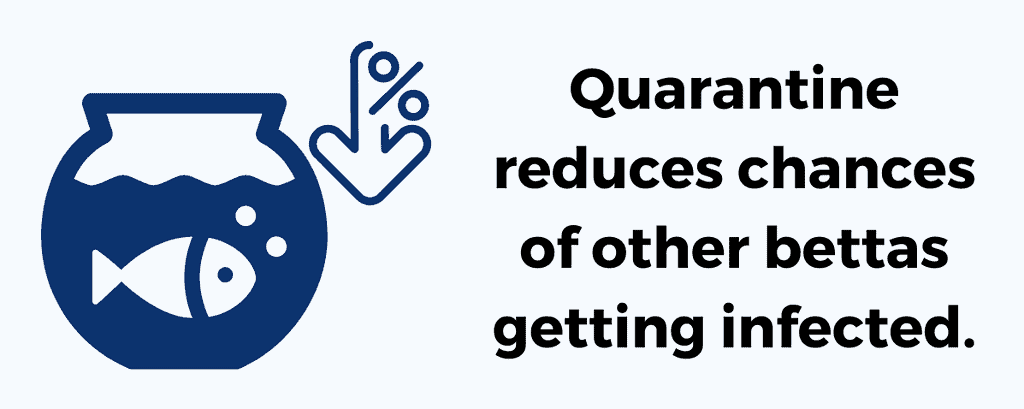
Another way to help curb a gill fluke infestation is to quarantine your infected fish.
If you notice signs of a gill fluke infection, remove the betta from the tank and put it into a quarantine aquarium. This reduces the chances of other bettas becoming infected, solving the problem sooner.
Prevention and Maintenance
Gill flukes are an unfortunate occurrence in freshwater aquariums. But there are effective prevention and maintenance measures.
Gill Fluke Prevention For Betta Tanks
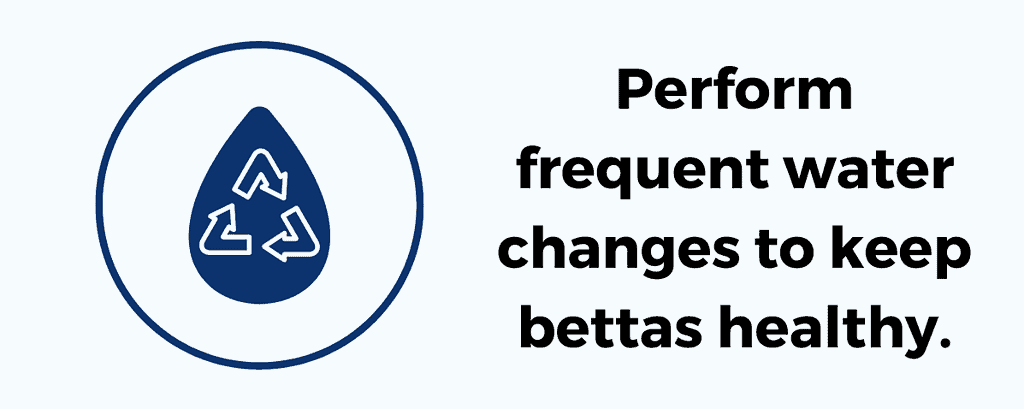
To prevent gill flukes from infecting your bettas, do the following tasks regularly:
- Perform frequent water changes. This keeps the water within healthy parameters. Also, it helps remove parasites from the environment and makes your bettas happy.
- Feed your bettas a healthy, wholesome diet. Feeding your bettas well keeps their immune systems functioning. This helps them stave off parasitic infections and their symptoms. It’s especially important to ensure your bettas are getting enough fiber.
- Provide a stress-free environment. Bettas are quick to become stressed or agitated. It’s crucial to keep your bettas’ environment as calm as possible. This means maintaining water quality, offering hiding spaces, and keeping your bettas healthy.
- Quarantine the new fish you bring home. After purchasing a new fish for your aquarium, you must quarantine it first. This protects your existing bettas from any parasites on the new fish. It also gives you time to watch the new fish and provide the necessary treatment. Afterward, introduce it to the tank.
Gill Fluke Maintenance
While your bettas recover from gill flukes, keep the water within optimal parameters.
Performing frequent water changes is a great way to ensure consistent water quality. Here are the specifications to follow when monitoring water:
Ideal Water Parameters for a Betta Fish Tank Include the following:
- Temperature: 78-80° degrees Fahrenheit (25.5-27° C)
- pH: 6.5-7.5
- Ammonia and Nitrite: 0 ppm
- Nitrate: < 40 ppm
- gH: 3-4 dGH (50-66.7 ppm)
- kH: 3-5 dKH (53.6-89.4 ppm)
- Minimum Tank Size: 5 Gallons
Additionally, watch your bettas to watch for signs of parasitic infections.
Get Those Flukes Out Of Here!
Gill flukes in betta are a common occurrence many fish keepers must contend with.
These microscopic parasites attach to and feed off of freshwater fish.
This causes a range of health issues for the infected fish.
Symptoms of gill flukes include redness, dulling color, lethargy, and loss of appetite.
A certified vet can get a proper diagnosis for your betta.
If your bettas do have gill flukes, treat the infection with medication or a salt bath for the best results.
Keep your bettas happy and healthy by taking the following steps:
- Perform regular water changes
- Keep water within optimal parameters
- Watch your bettas for signs of stress or illness
Remember: Even if you’re dealing with gill flukes, your bettas can still thrive if you take action now.
Learn about other common health issues bettas have in our list here.


